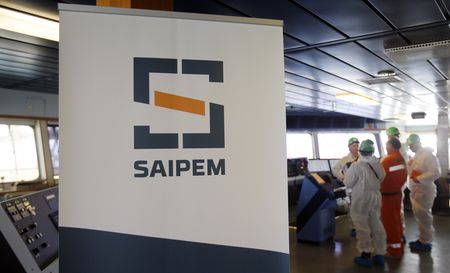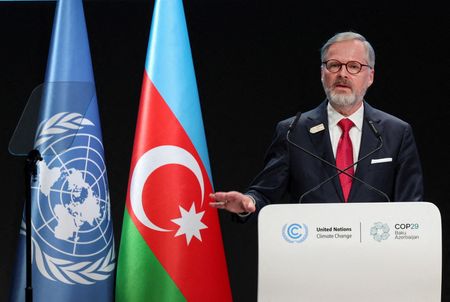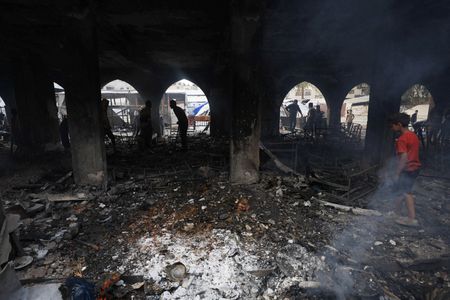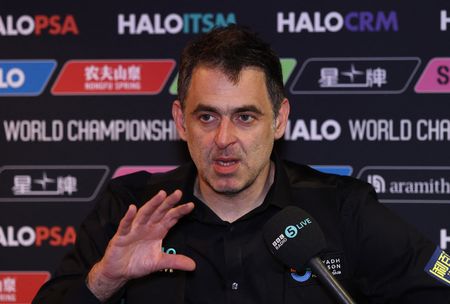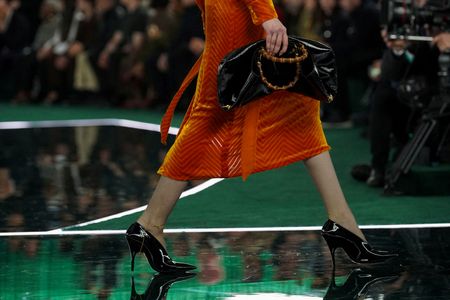By Sinead Cruise and Lawrence White
LONDON (Reuters) – With international trade ties in tatters and confidence in the global economy plumbing fresh depths, Europe’s leading banks are confronting a possibility that their strongest quarter of 2025 may already be behind them.
The promise of a banner year for lending and investment banking activity soured in April after the U.S. said it would impose double-digit tariff hikes on dozens of trading partners, sparking mayhem in financial markets and sending global recession risks sharply higher.
The first-quarter European bank reporting season – which continues with France’s BNP Paribas on Thursday and culminates on May 2 – might represent the year’s peak earnings for some of the region’s top names.
Investors and analysts are predicting slower revenue growth and a deeper push into higher risk lending, with possible implications for dividends, share buyback programmes, and provisions against future loan losses.
“While uncertainty persists, we do not expect a repeat of the stellar Q1 but do believe European banks can continue to grind out relative outperformance, particularly given discounted valuations,” William Howlett, financials analyst at Quilter Cheviot, told Reuters.
“We believe this environment tends to favour the higher-quality banks which typically generate higher profitability as measured by return on tangible equity,” he added.
Beyond business volumes, concerns about credit quality are also emerging.
In its March Default Report published on April 17, Moody’s Ratings upped its baseline global default rate for end-2025 to 3.1% from 2.5%. This figure almost doubles to 6% under its most pessimistic modelling.
One senior banking industry executive told Reuters European banks were already under pressure to set aside cash against loan losses as the probability of more negative economic scenarios increases.
In a replay of events that saw banks collectively take billions of dollars in provisions during the COVID-19 era, some lenders may take action this quarter in conjunction with revised guidance, the person said.
U.S. banks JPMorgan Chase, Goldman Sachs and Morgan Stanley all reported higher first-quarter profits boosted by hopes of a golden age for dealmaking and corporate growth earlier in April, but executives warned of rocky times to come.
Gaurav Arora, head of global competitor analytics at Coalition Greenwich, said a surge in client demand for portfolio rebalancing would likely drive sales and trading revenues across the sector, but growth in transaction banking, advisory, and underwriting revenues would be more subdued.
Forecasts for European investment banks are already being lowered.
Goldman Sachs this month cut its estimate for BNP’s 2025 global banking revenue by 7%. KBW analysts, in a note titled “The calm before the storm”, estimated that a mix of slower loan growth, falling rates, rising provisions and reduced fees would lower European investment bank earnings by around 20%.
Some lenders are shrugging off the volatility. Finland’s Nordea last week reiterated full-year guidance despite the economic uncertainties.
SIGNS OF STRESS
Indexes tracking European credit market conditions are showing signs of stress, underscoring the challenges banks face to support vulnerable borrowers.
The five-year credit default swap spread on the iTRAXX Europe Crossover index, which reflects the cost of insuring against the risk of default for 75 of the most traded sub-investment grade companies, rose 7 basis points to 373 bps on Tuesday, S&P data showed.
Although down from the 427 bps recorded on April 9, that figure has surged from 301 bps on March 25.
The IMF, holding its annual meeting in Washington this week, repeated calls to financial institutions to ensure they hold enough liquidity to weather potential credit blow-ups and geopolitical risks.
It also flagged worries that bank balance sheets might look safer than they actually are, pointing to a “wide variation in RWA (risk weighted asset) densities across banks, even among those with broadly comparable business models and overall risk profiles”.
April has brought the wildest swings on global stock markets since the COVID pandemic of 2020.
Share price declines for Europe’s biggest banking names include Asia-focused Standard Chartered and HSBC, both down around 5%, Deutsche Bank, down 2.5%, and UBS, down nearly 10%, suggesting investors are paring exposures until more stable times return.
(Additional reporting by Mathieu Rosemain in Paris and Tommy Reggiori Wilkes in London; Editing by Jan Harvey)




